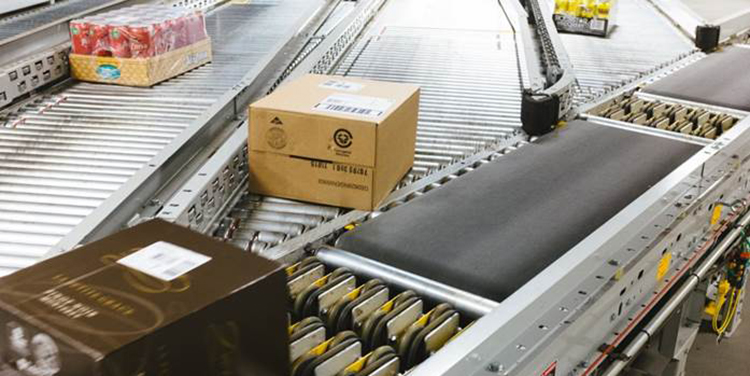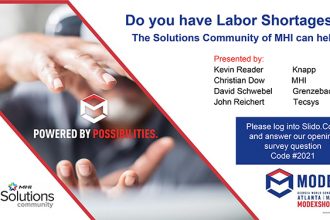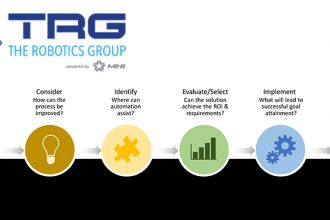Key Considerations When Transitioning From Bulk To Singulated Parcel Flow

With the exponential growth in e-commerce and direct-to-consumer parcel shipments, more carriers’ shipping and handling facilities are assessing a change in their current conveyance and sortation equipment and processes. Making the shift from bulk parcel flow (an unorganized mix of randomly spaced, differently sized boxes, cartons, polybags, and padded envelopes moving along a conveyor haphazardly until each is sorted manually) to singulated parcel flow (an orderly stream of evenly spaced parcels of similar size and construction) through automation offers a variety of benefits.
Operations currently handling parcel sortation manually are struggling to keep up with the sheer volume of parcels. Additionally, the skilled labor this process requires (due to the associated decision-making about where to place each parcel) is increasingly difficult to find, hire, and retain — while wages continue to rise. However, before revamping a current process and adding singulation automation — with tilt-tray, cross-belt, sliding shoe, or Activated Roller Belt™ (ARB) sortation equipment — there are a few key aspects to consider in order to ensure a justifiable return on investment (ROI).
Where is the operation in the transportation chain? The major carriers’ largest hubs, capable of handling more than 1 million parcels per hour, couldn’t do so without automated singulation equipment. Likewise, medium-sized facilities through which parcels transition on their route from point of origin to final destination also leverage automatic singulators. It’s the smallest operations, as well as those that primarily serve the last mile, that have been the hardest to automate. That’s because these operations may not have had high enough throughput volumes, labor costs, or in-bound/out-bound sortation frequency to cost-justify the investment; the automation simply would not run enough. With the steady growth in direct-to-consumer parcel shipping, however, that is quickly changing.
What is the current throughput volume? At a minimum, the rule of thumb is that an operation’s handling volume should be around 10,000 to 20,000 parcels per hour in order to cost justify the least expensive, lowest capacity automated singulation systems.
How are parcels currently being received and unloaded? To date, automated unloading of trucks and trailers is not yet available, although there are semi-automated solutions that can help. Using extendable, powered belt conveyors that reach into the back of the trailer allow one or more workers to unload floor-stacked cartons. If the cartons are placed on the belt in a controlled manner, a singulated flow is created at the point of receipt that can be carried through the rest of the sortation process. However, if gravity wheel or gravity roller conveyor is used to unload a trailer, this results in bulk flow that must subsequently be singulated. Likewise, operations receiving palletized sacks or gaylords that contain padded envelopes or polybags will typically unload with forklifts, then utilize a tilter/dumper mechanism to empty the entire container in bulk for singulation in the next step.
How many workers are required to sort bulk parcels into different lanes? A key component of any cost justification calculation, it’s important to know the number of workers per shift currently assigned the task of manually singulating parcels from a bulk pile onto different conveyor induction points. In addition to being a very labor-intensive process, it’s also a task that requires a certain amount of training in order to be able to make decisions about where to place each parcel. These workers also command a higher hourly wage. At some point, particularly in an era of social distancing, there isn’t enough physical space in an operation to accommodate the number of personnel required manually sort the parcel volumes at the required throughput speeds. Automating the singulation process allows an operation to eliminate those higher-wage tasks, which contributes to the overall ROI.
How much parcel damage does the operation currently experience? Parcels are far more likely to become damaged or lost in a bulk parcel flow process than in a singulated one. Costs associated with parcel damage also contribute to the overall cost justification of an investment in automation; the higher the loss rate, the more impact it will have on the ROI.
Want to learn more about the different kinds of sorter and conveyor equipment available to help your parcel handling operation handle more volume? Download “Introduction to Conveyor and Sortation Systems,” a free publication produced by the members of the Conveyor & Sortation Industry Group of MHI.



